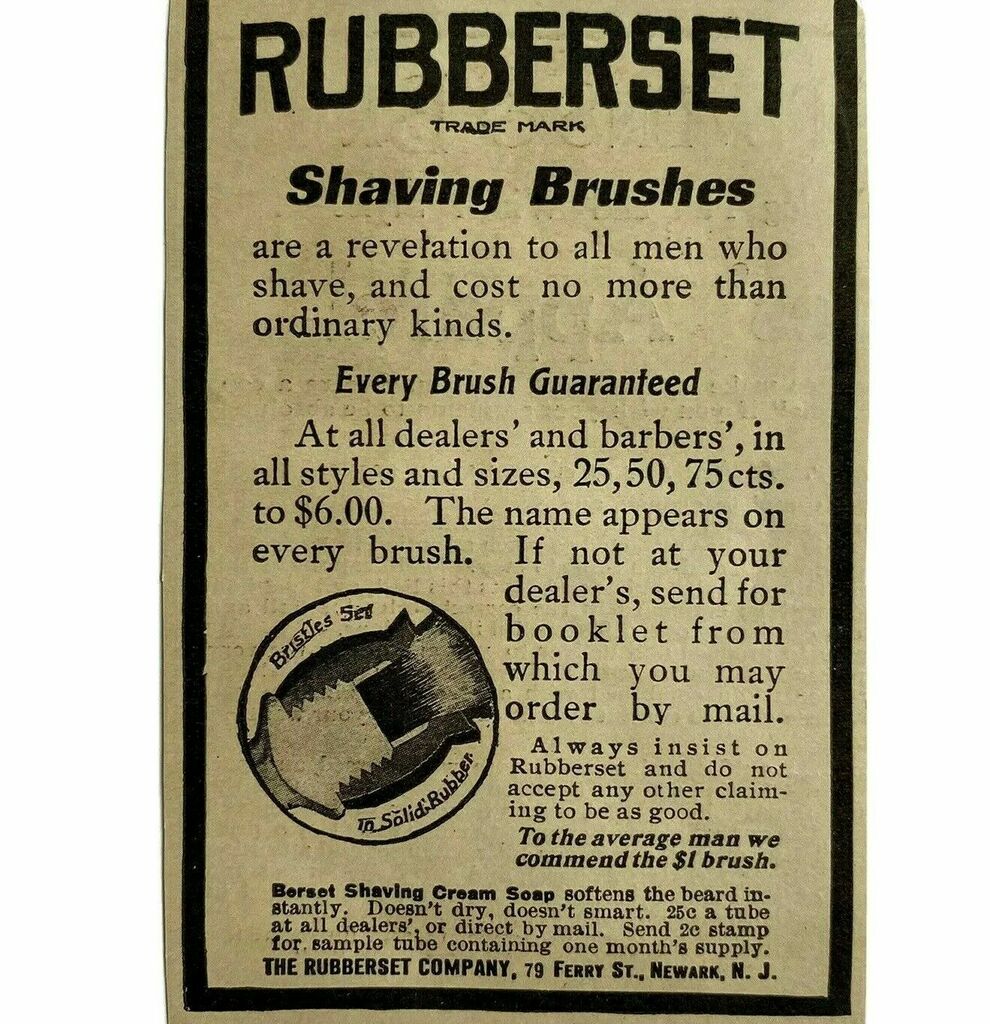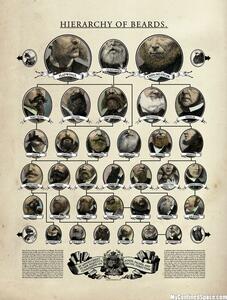Arrived at June 1st 2019.
I know what I’ll lather with on Monday…

So I ordered some more of the facial cleanings oil from The Lavish Gentleman I reviewed in the end of January.
Graciously they not only gave me free shipping to Norway, on top of the 15% off, but they also put in a free gift; a jar of their Detoxifying Charcoal Mask. My beloved wife have been at me from time to time about using masks to clear up my skin (working in a dusty environment can cause a lot of clogged pores), so she’s having a chuckle over me actually trying this.
Packaging was top notch, survived the trip over here in good condition. I’ll let y’all know how the mask works out for me in a couple of weeks.
If you’re Norwegian you know what Besseggen is; a mountain ridge in Vågå kommune in Oppland county that stands between the lakes of Gjende and Bessvatnet. Often described as “sharp as a scythe”, it’s very narrow – so narow two people can’t walk side by side along the edge in places – with long and steep drops on both sides. Made famous from a passage in Henrik Ibsen’s play Peer Gynt, it’s a Norwegian national icon.
Today is VE day, so even if the story originated in the Great War and not the Second it’s oddly suitable.
World War One, known at the time as the Great War or the War to end all Wars (yeah, right…) was the first war when clean shaved faces were required. The reason was twofold; personal hygiene in the trenches, and ensuring a proper gas tight seal on the respirators. Up until chemical warfare became an issue, facial hair was often encouraged and sometimes required since follicular fashion statement was all about virility and aggression,* which was seen as good military qualities. British regulations from 1860 to 1916 stated that:
The hair of the head will be kept short. The chin and the under lip will be shaved, but not the upper lip…
So yeah.. shame on you if you couldn’t grow a decent moustache I guess.
Anyhow, I digress… so such was the state of affairs up until the first couple of years into the Great War. On 22 April 1915 the Germans released a huge cloud of chlorine near Yrpes. Cue a rapid development of respirators – starting with simple pads tied in front of the mouth and ending with models that almost be mistaken for modern ones – and the end of facial hair. When the US got ready to get involved in the tussle, the US Army regulations stated that beards were not permitted, and the maximum allowable hair length was one inch. King Gillette got the job of making sure every member of the American Expeditionary Forces was clean shaven.. and the rest is history.
To summarize: This:
means you have to use these:
and that means you’ll need something like this:
which in turns leads to this:
which lead to a whole generation of young men learning to shave themselves and getting used to being clean shaven every day. And that is where we are today… beards come and go, but shaving is here to stay.
*) Same reason men in many non-western parts of the world is expected to have a full beard as soon as they are of age – they are quite literally seen as less manly without it.

